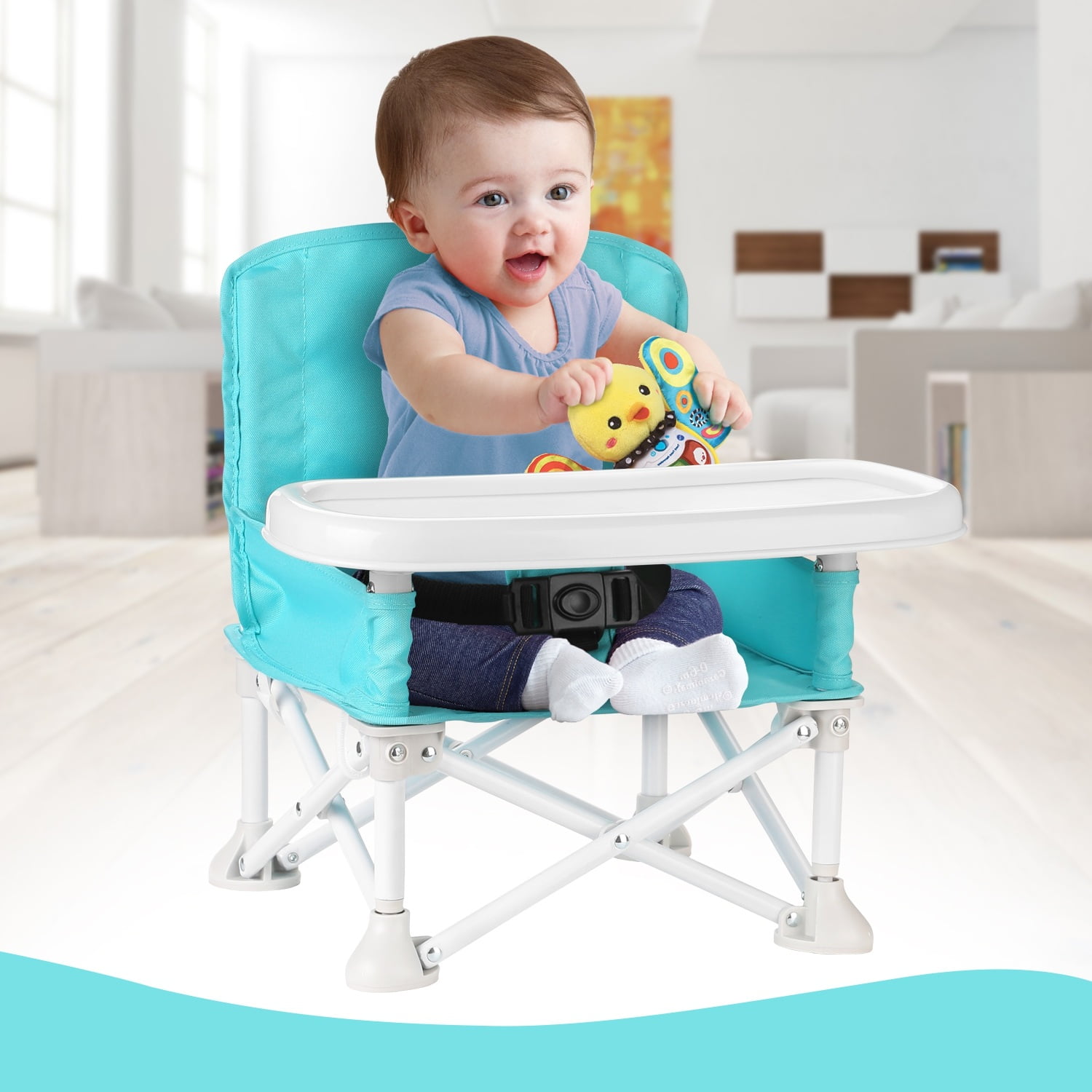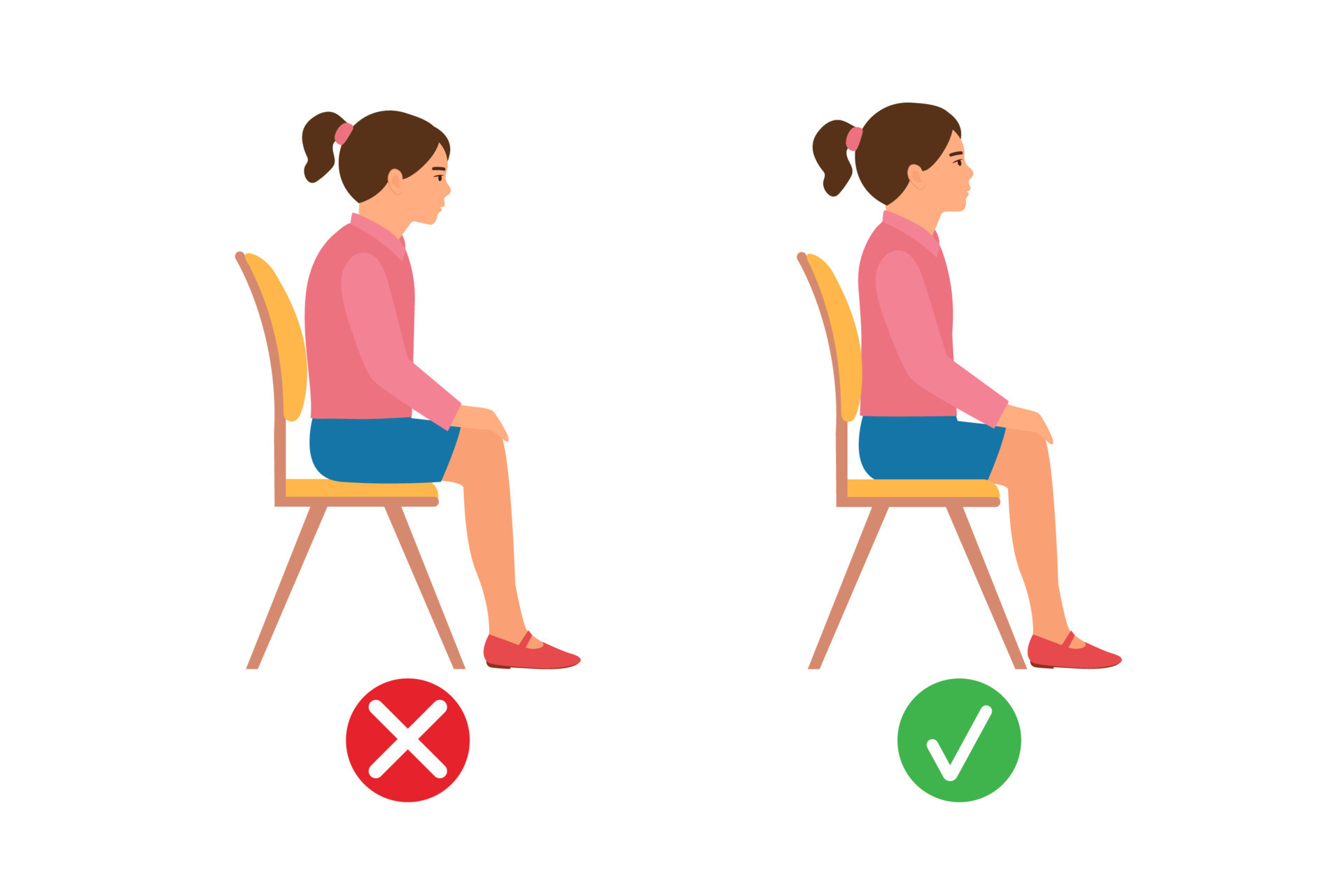The High Chair Experience

The high chair is a staple in many households with young children, providing a safe and convenient way for babies and toddlers to join the family at mealtimes. As your child grows and develops, their high chair experience will evolve, offering opportunities for learning, independence, and social interaction.
Developmental Stages in the High Chair
The high chair serves as a platform for a child’s early developmental milestones. From the initial stages of sitting upright to exploring textures and flavors, the high chair becomes a central part of their learning journey. Here’s a breakdown of the typical developmental stages a child goes through while using a high chair:
- Early Stages (4-6 months): At this stage, babies are typically starting to sit with support. The high chair provides a safe and secure environment for them to practice their sitting skills. Parents can introduce soft, pureed foods, allowing the baby to explore different textures and flavors.
- Developing Independence (7-12 months): As babies become more independent, they start to reach for and grab objects. The high chair allows them to practice their fine motor skills by picking up food and feeding themselves. Parents can introduce finger foods and encourage self-feeding, fostering independence and a sense of accomplishment.
- Toddlerhood (12-24 months): Toddlers become more adventurous eaters, experimenting with different flavors and textures. The high chair continues to be a safe space for them to explore their food preferences. They can practice their coordination and hand-eye skills by using utensils and feeding themselves.
Importance of a High Chair in Early Development
The high chair plays a crucial role in a child’s early development, providing a safe and structured environment for learning and exploration. Here are some key benefits of using a high chair:
- Encourages Social Interaction: By being at the same level as the family, the high chair allows babies and toddlers to participate in mealtimes and feel like part of the group. This fosters social interaction and bonding.
- Promotes Independence: The high chair allows children to practice self-feeding, which helps them develop independence and a sense of accomplishment. It also gives them a sense of control over their food and eating experience.
- Develops Fine Motor Skills: Reaching for, grabbing, and manipulating food in the high chair helps children develop their fine motor skills, which are essential for activities like writing, drawing, and playing.
- Provides a Safe Eating Environment: The high chair provides a secure and stable environment for children to eat, preventing them from falling or getting hurt. It also keeps them from reaching for or grabbing food that is not meant for them.
Types of High Chairs
There are various types of high chairs available, each with its own advantages and disadvantages. Choosing the right high chair depends on the family’s needs and lifestyle:
- Traditional High Chairs: These are the classic high chairs with a tray, seat, and legs. They are typically made of wood or metal and are very sturdy. Pros: Affordable, durable, and easy to clean. Cons: Can be bulky and difficult to store.
- Folding High Chairs: These high chairs fold up for easy storage and portability. They are often made of lightweight materials like aluminum or plastic. Pros: Compact and easy to store, great for travel. Cons: May not be as sturdy as traditional high chairs.
- Convertible High Chairs: These high chairs can be converted into a booster seat or a toddler chair as the child grows. Pros: Versatile and can be used for longer, good value for money. Cons: Can be more expensive than traditional high chairs.
- Clip-On High Chairs: These high chairs attach to existing chairs, allowing you to feed your child at the table with you. Pros: Convenient and portable, good for small spaces. Cons: May not be as stable as traditional high chairs, not suitable for all chairs.
Choosing the Right High Chair, Kid in high chair
When choosing a high chair, it’s important to consider the following factors:
- Safety Features: Look for a high chair with a five-point harness, a wide base for stability, and a tray that can be easily removed and cleaned.
- Adjustability: Choose a high chair with adjustable height and footrest to ensure your child is comfortable and supported as they grow.
- Ease of Cleaning: The high chair should be easy to clean and wipe down, as it will inevitably get messy.
- Durability: Choose a high chair that is made of durable materials and can withstand the wear and tear of everyday use.
- Style and Aesthetics: While not the most important factor, you may want to choose a high chair that complements your kitchen decor.
Safety Considerations
Safety should be the top priority when using a high chair. Here are some important safety considerations:
- Always use the harness: Never leave your child unattended in the high chair, even for a short period.
- Inspect the high chair regularly: Check for any cracks, loose parts, or missing screws.
- Place the high chair on a stable surface: Avoid placing the high chair on uneven or slippery surfaces.
- Never use a high chair on a counter or table: High chairs are designed to be used on the floor.
- Do not use a high chair if it is damaged or worn out: Replace it with a new one.
Mealtime with a High Chair

Mealtimes are a time for families to connect, bond, and enjoy delicious food together. For babies and toddlers, the high chair becomes a central part of this experience, offering a safe and comfortable space to explore new flavors and textures. This section will delve into strategies for making mealtimes enjoyable and safe for your little one in their high chair.
Introducing Solid Foods
Introducing solid foods to a baby in a high chair is an exciting milestone. The American Academy of Pediatrics recommends starting with iron-fortified baby cereal around 6 months of age.
- Introduce one new food at a time, waiting 3-5 days before introducing another. This allows you to observe for any allergic reactions or sensitivities.
- Start with small amounts, about 1-2 teaspoons, and gradually increase as your baby tolerates it.
- Offer food in a smooth, pureed form initially, gradually increasing the texture as your baby gets used to different tastes and textures.
- Use a high chair with a wide, stable base and a secure harness to keep your baby safe and comfortable.
Encouraging Independent Eating
As your child grows, you can encourage independent eating by offering them finger foods and allowing them to explore different textures and flavors.
- Provide a variety of soft, bite-sized foods that are easy for little hands to grasp, such as steamed vegetables, soft fruits, and cooked pasta.
- Offer a spoon and fork and let your child experiment with self-feeding. Encourage them to use their hands to pick up food, as this helps develop their fine motor skills.
- Be patient and supportive, as it takes time for children to master self-feeding. Avoid rushing them or becoming frustrated if they make a mess.
- Create a fun and engaging mealtime atmosphere. Let your child explore their food with their senses, and encourage them to try new things.
Fun and Engaging Mealtime Activities
Making mealtimes fun and engaging can help your child develop positive associations with food and eating.
- Introduce a variety of colorful and interesting foods. Offer foods in different shapes and sizes to stimulate your child’s senses.
- Sing songs or tell stories related to food during mealtimes. This can make mealtimes more enjoyable and create positive memories.
- Use a high chair tray with compartments to help organize food and make it easier for your child to access.
- Play food-related games, such as “I Spy” or “Guess the Food.” This can help your child learn about different foods and develop their language skills.
Importance of Positive Mealtime Experiences
Positive mealtime experiences are crucial for developing healthy eating habits and a positive relationship with food.
“A positive and enjoyable mealtime environment is essential for promoting healthy eating habits in children.” – American Academy of Pediatrics
- Avoid forcing your child to eat or making mealtimes a battleground. This can create negative associations with food and eating.
- Create a relaxed and enjoyable atmosphere at mealtimes. Avoid distractions like television or electronic devices.
- Model healthy eating habits for your child. Let them see you enjoying a variety of foods and making healthy choices.
- Be patient and understanding, as every child develops at their own pace. Celebrate your child’s successes and encourage their exploration of new foods.
The High Chair as a Social Hub: Kid In High Chair

The high chair, often seen as a practical tool for feeding, can also be a valuable social space for a child. It offers a unique vantage point for observing family interactions, engaging with caregivers, and developing essential social skills.
Enhancing Social Skills
The high chair can be a platform for developing crucial social skills in children. As they sit in their high chair, they become active participants in the family’s social dynamics. This exposure helps them learn about turn-taking, communication, and emotional expression.
Activities to Foster Social Interaction
Here are some activities that can be incorporated into mealtimes to encourage social interaction:
- Engage in Conversation: Talk to your child about their day, ask questions about their preferences, and respond to their attempts at communication, even if they are just babbles or gestures.
- Sing Songs: Sing familiar songs or nursery rhymes together. This encourages vocalization and shared enjoyment.
- Read Books: Read stories aloud, pointing at pictures and asking your child questions about the characters and events.
- Play Games: Simple games like peek-a-boo or patty-cake can be played in the high chair. These games promote eye contact, turn-taking, and laughter.
Creating a Welcoming Space
To make the high chair a comfortable and inviting space for your child, consider these tips:
- Choose a High Chair with a Comfortable Seat: Opt for a high chair with a cushioned seat and adjustable straps for a secure and comfortable fit.
- Position the High Chair Strategically: Place the high chair in a location where your child can see and interact with the family during mealtimes.
- Use Colorful and Engaging Decorations: Decorate the high chair with bright colors, toys, or pictures to make it visually appealing and stimulating.
- Create a Positive Atmosphere: Approach mealtimes with a positive attitude and make them enjoyable experiences for your child.
Bonding and Connection
The high chair can be a special place for bonding and connection between a child and their caregivers. Mealtimes become opportunities for shared laughter, conversation, and physical affection. These moments contribute to a strong emotional bond and foster a sense of security and belonging.
Kid in high chair – Mandeh, mancaliak lah dek kecik tu dalam kursi tinggi, nan elok lah, makannyo teratur. Dek kalau ado nan nak cari kursi tinggi nan murah, cek lah di high chair walmart canada. Banyak pilihan di sana, cocok lah buat dek kecik kita.
Ado lah, dek kecik tu, duduk elok-elok dalam high chair. Nyo, kalo ado anak kecik, pasti lah ado high chair. Dek kito pun ado, pakai graco high chair with wheels tu, senang nak pindahkan ke mano-mano. Dek kecik pun senyum-senyum, nyaman duduk dalam high chair tu.
